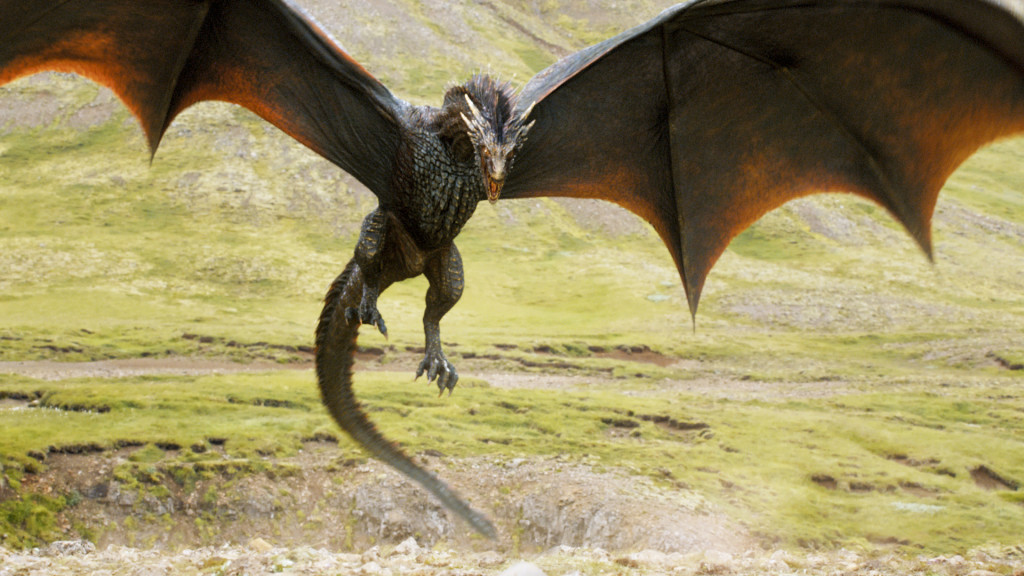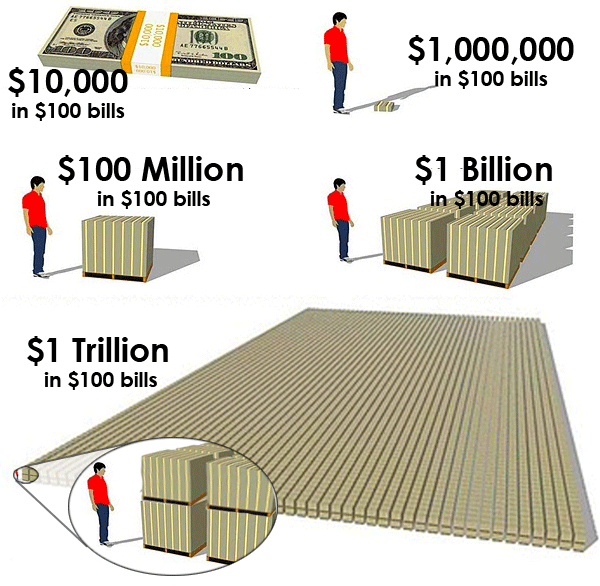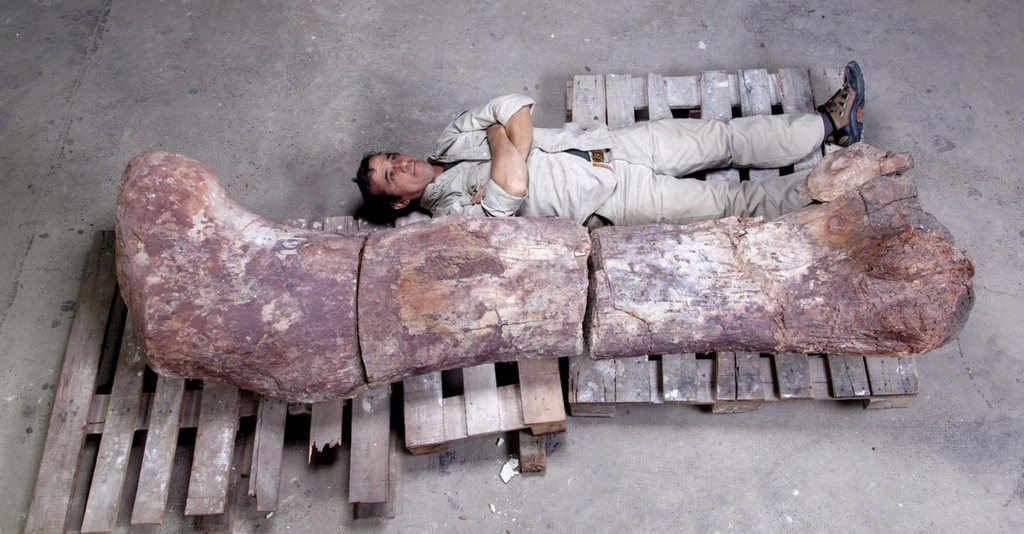On a recent episode of Game of Thrones, the Braavosi banker Tycho Nestoris explained, “Across the narrow sea, your books are filled with words like ‘usurper’ and ‘madman’ and ‘blood right’. Here, our books are filled with numbers. We prefer the stories they tell. More plain. Less open to interpretation.”
You won’t hear any arguments from us. Hard data is a powerful way of understanding the world around us. The problem is that numbers alone often fall short in motivating us to act. You can present someone with the facts: “Look out! A 700 pound flying beast is approaching at a rate of 65 miles per hour!” But your friend will run a little faster if she actually sees a fire-breathing dragon flying towards her.
Why numbers alone are so difficult
Here’s a quick challenge: try to visualize the difference between one billion and one trillion.
Nothing, right?
The 2013 National Budget of the United States was $3.45 trillion. Bill Gates wealth is currently worth $72 billion. Clearly these are big, important numbers, but they still lack any meaning. They’re so large, it’s difficult to conceive what makes them different.
Now, let’s look at this.
There it is! You can see the magnitude of difference that exists between a billion and a trillion. These numbers immediately have meaning.
Picturing the Titanosaur
Recently, a new contender for the largest dinosaur of all time was discovered in Argentina. It lived 95 million years ago, weighing 170,000 pounds, and it was 130 feet long and 65 feet tall. This sounds impressive, but just how impressive?
In the picture above, a grown man is laying next to this monster’s femur bone. Now, we’re starting to get an idea of just how big this creature was. Let’s keep going. 170,000 pounds is about the weight 14 elephants. 130 feet is about the distance from home plate to second base. 65 feet tall is about the size of a five storey building. Now you have context, you can’t see the beast in front of you, but you have a sense for its size. You can almost feel the ground thudding as this beast strolled around ancient Pangea.
Good thing you’ll never have to. The Titanosaur roamed the earth 95 million years ago. That’s a long time, but this too benefits from a bit of framing. 95 million years is hard to grasp, one year is very easy to grasp. The Cosmic Calendar is a way of contextualizing the history of the universe in a way our minds can handle. It lays out all time, from the inception of the universe to this very moment, in 365 days. If the Big Bang happened at the first moment of January 1, the Titanosaur lived and died on December 30, only one cosmic day before the appearance of man. Humans only just appeared 200,000 actual years ago (in the last minutes of the cosmic December 31).
Makes you feel pretty tiny, doesn’t it?
The Small Problem of Pluto
In 2006, Pluto was fired as a planet. This led to some upset. In fact, the state of New Mexico passed legislation in defense of Pluto’s planetary status, declaring March 13 to be “Pluto Planet Day.”

But this wasn’t an open-and-shut case of planet bullying. Pluto failed to meet a key requirement for planet-hood; it did not “clear the neighborhood around its orbit.” Pluto is part of the Kuiper Belt, one of many objects all in the same orbit. While Earth is 1.7 million times the mass of everything else in its orbital path, Pluto is only 8% of the mass of all the total asteroids, plantesimals, and junk in its orbit. In other words, Pluto was simply too small to qualify as a planet.
Those are the facts without context. Now, let’s think about Pluto in relation to something we’re a little more familiar with — Earth. The surface area of Pluto is about 6.6 million square miles. The surface area of Russia is 6.593 million square miles. Picture Russia as a globe next to all of the Earth. That’s how small Pluto is.
Why this matters
Let’s leave the world of extinct and enormous beasts, planets, and dragons. The reason any of this matters is that if you’re making an argument—any argument—and using numbers alone, you’re missing an opportunity. The numbers are telling the truth, but don’t expect truth alone to translate into comprehension or to motivate action.
If you want people to take action you have to be prepared to show, not just tell. This is why Florence Nightingale was so revolutionary (and successful) at convincing England to clean up its hospitals. She didn’t just show the numbers, she helped people visualize the magnitude of the problem, turning raw data stories that generated a visceral response.
The next time you’re hoping to drive action with you data, think about the story you’re telling. Don’t expect the data to tell the story all by itself.



